Scientists have developed an AI model that may lead to a significant breakthrough in how we find and use water in the Western U.S.
This cutting-edge technology aims to enhance water supply estimates over vast distances, potentially uncovering new sources of drinking water.
Beyond the Snow Stations
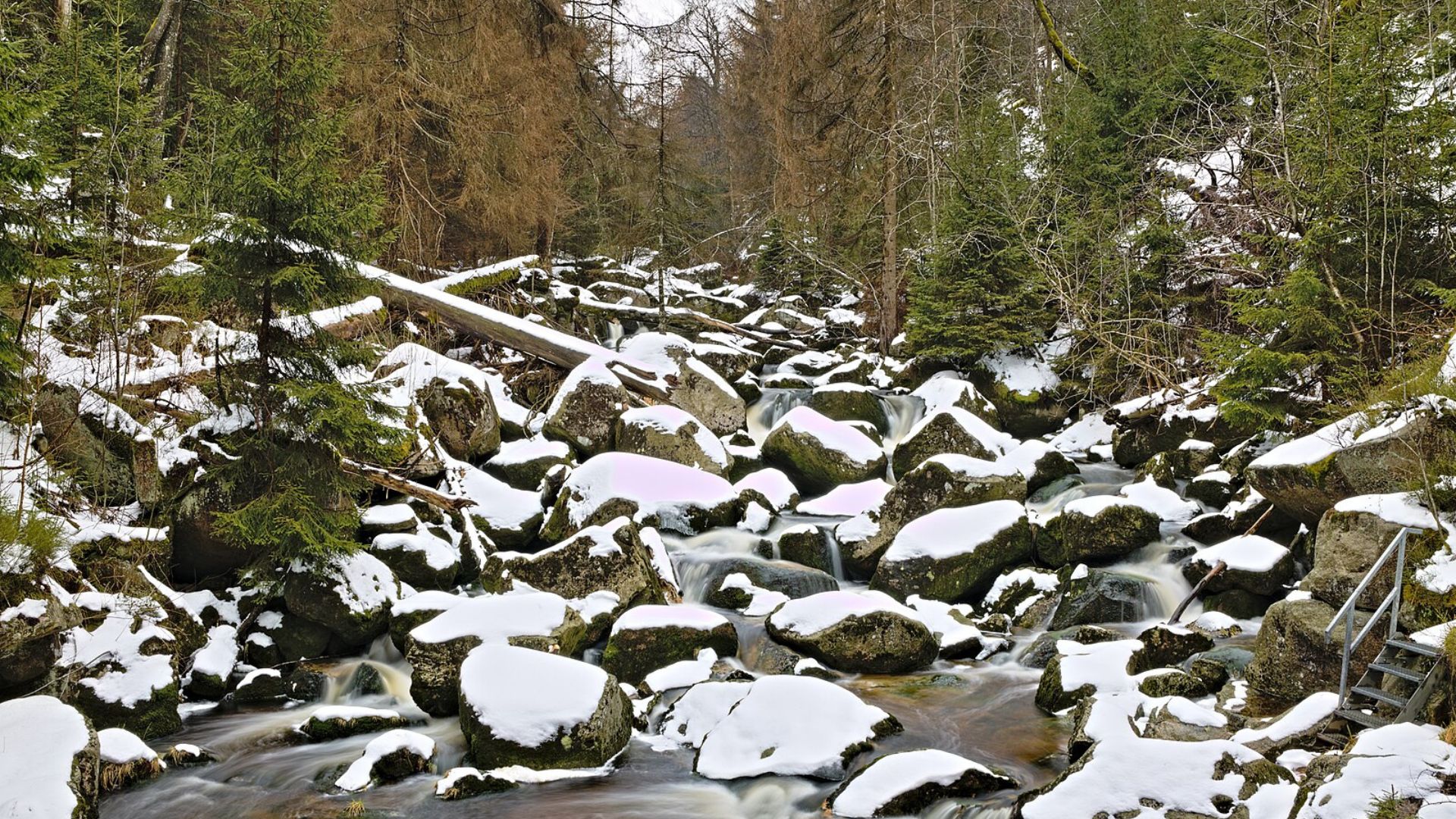
Currently, there are 822 snow measurement stations spread across the West, tasked with monitoring the snow’s water content.
But given the region’s size, that’s only one station per 1,500 square miles. This new model could change the game by accessing unmonitored areas.
The AI Edge

The AI doesn’t just cover more ground; it does it better.
Newsweek reports that comparisons with 300 traditional snow measuring stations showed that the AI model drastically outperformed existing methods, promising a new era of precision in water management.
Snow: The Unsung Hero of Water Supply
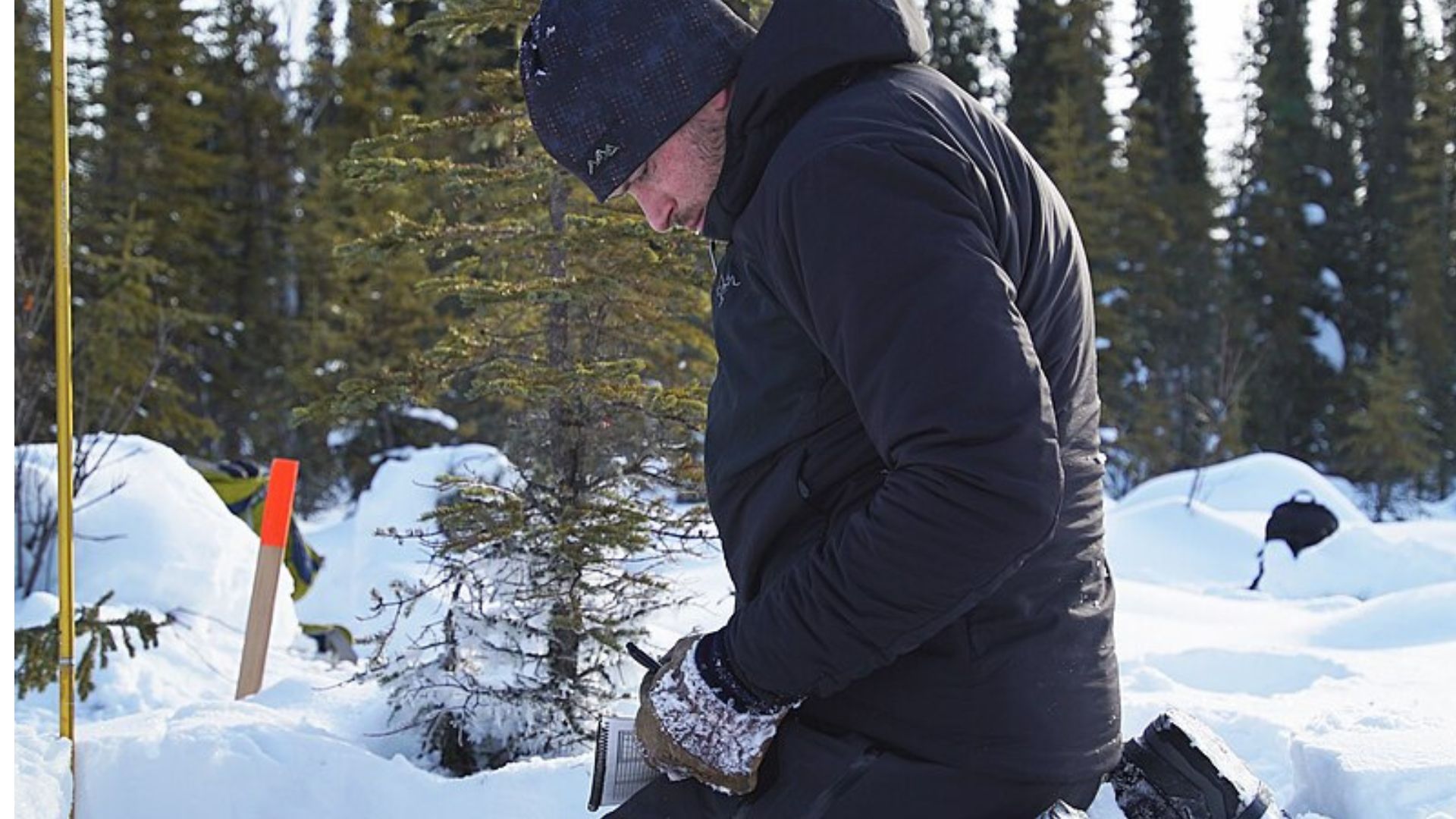
Snow melt plays a crucial role in the water cycle of the Western U.S., feeding rivers and reservoirs that supply the region.
Understanding its dynamics is more than academic; it’s essential for survival.
Water Woes: The Drought Dilemma
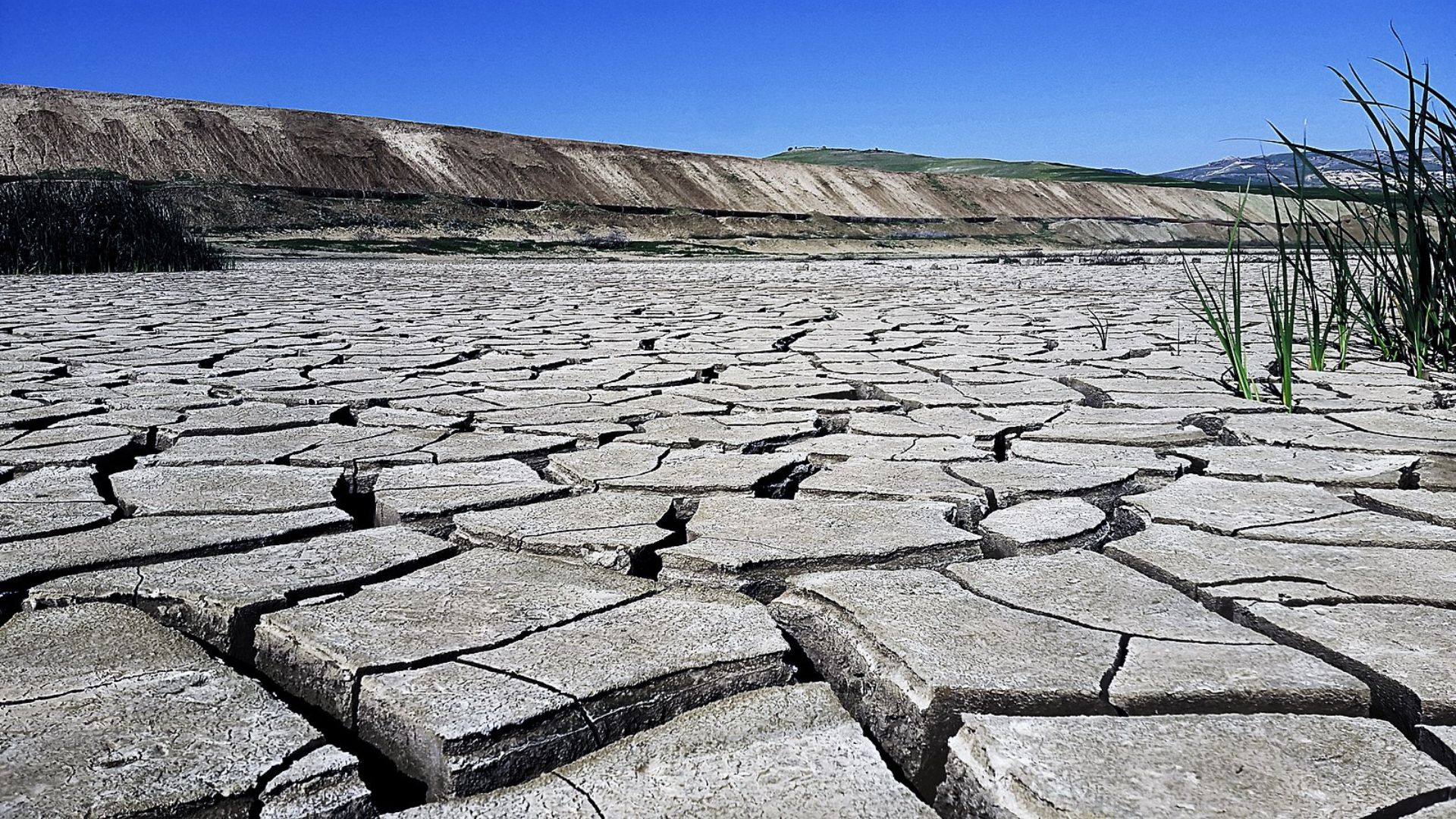
The West has been wrestling with a megadrought since 2000, making the search for accurate water measurement tools not just necessary but urgent.
As water becomes scarcer, the stakes get higher.
Every Drop Counts
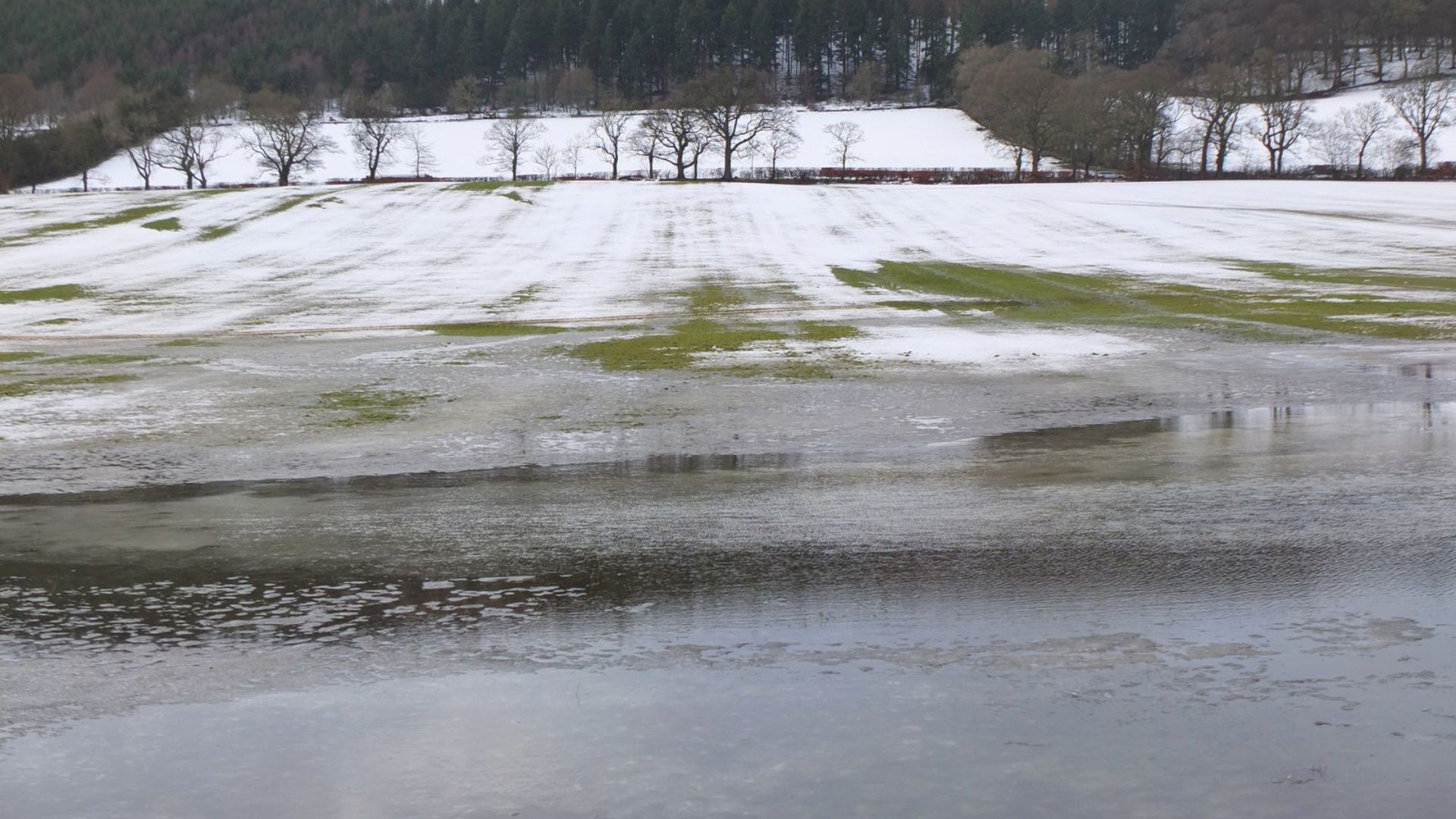
Krishu Thapa, who led this pivotal study, emphasized that every drop from snowmelt is precious, serving diverse needs from irrigation to drinking water.
This AI model helps ensure not a single drop goes unnoticed.
New Strategies for Old Challenges

As climate change continues to disrupt weather patterns, the need for better water conservation strategies becomes critical.
This AI tool provides a beacon of hope for policymakers grappling with these challenges.
A Waiting Game
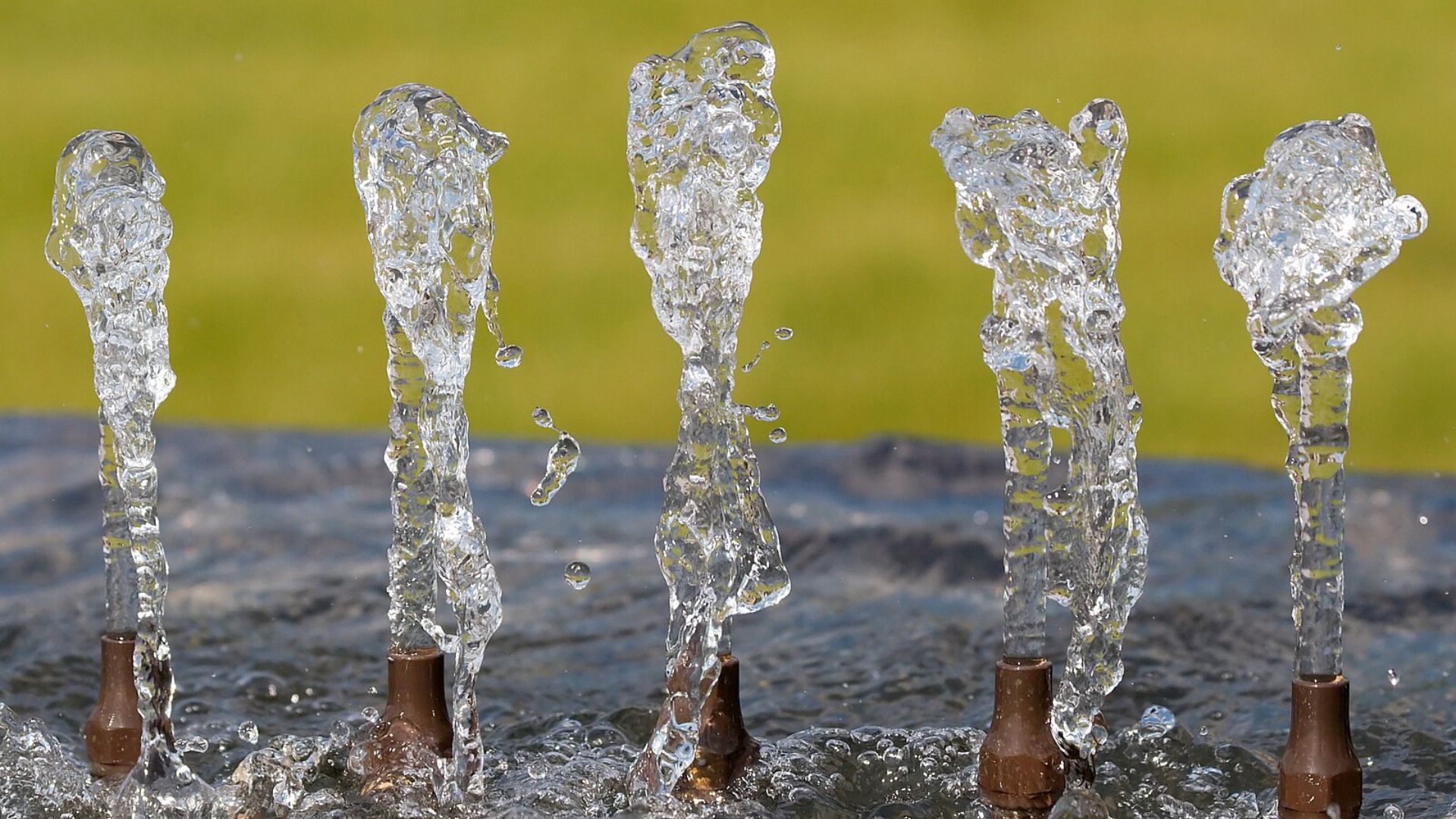
Though it’s not ready to be deployed just yet, the new model represents a significant step forward in forecasting water availability.
When deployed it will allow for smarter, more informed decisions about water use.
Predicting the Future of Water

“This is a problem that’s deeply related to our own way of life continuing in this region in the Western U.S,” says Kirti Rajagopalan, a professor involved in the study.
The new AI model could be key to sustaining life and livelihoods in the area.
A Dense Network of Data
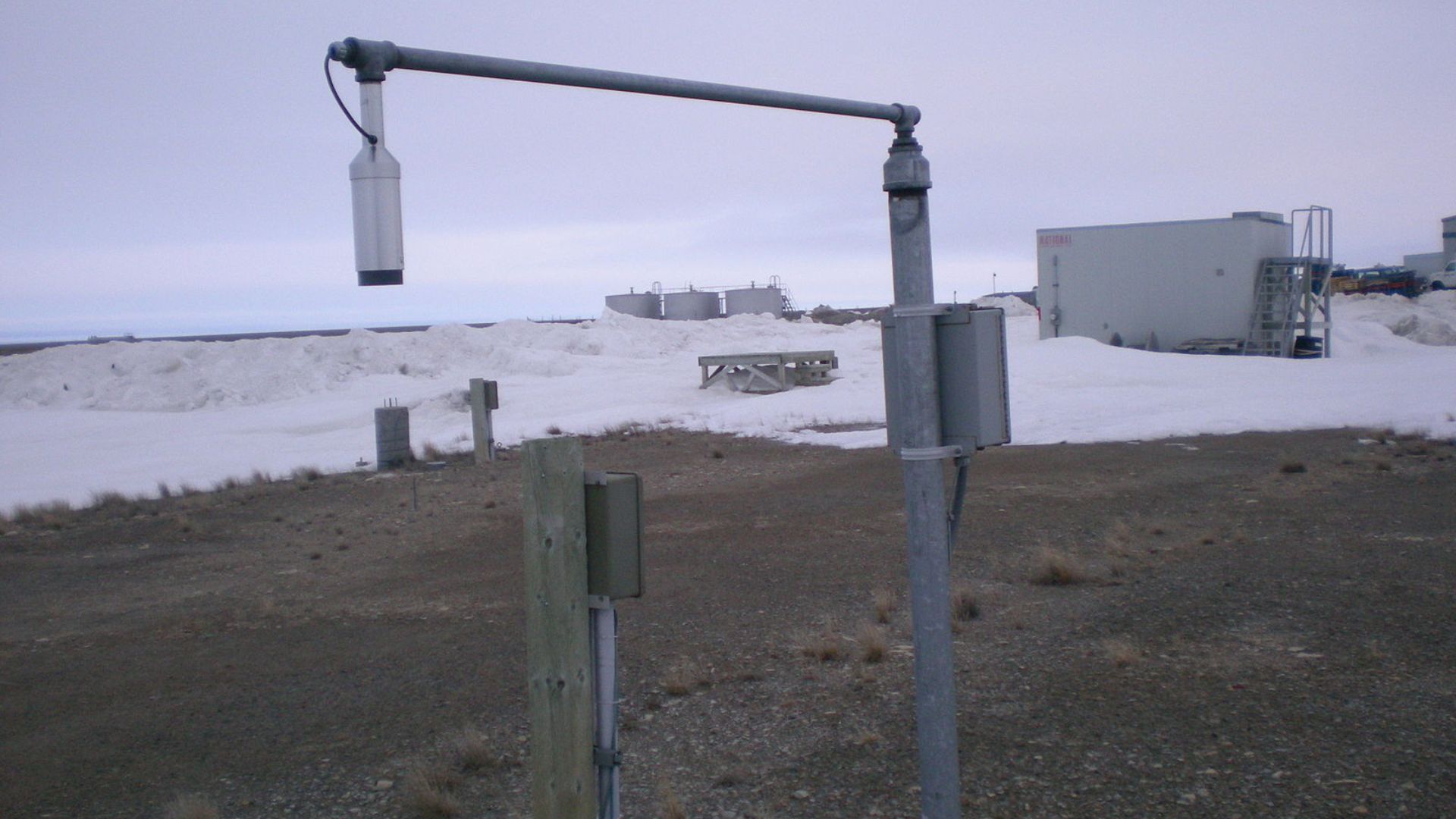
The goal? To transform a sparse network of stations into a dense grid of data points.
This shift would allow for unprecedented accuracy in predicting snow water equivalent (SWE) values where no stations currently exist.
AI vs. Nature: Who Will Win?

The race is on to outsmart nature’s unpredictability with our best technology.
This AI model isn’t just about gathering data—it’s about securing a future where water scarcity doesn’t spell disaster.
From Science to Water Security
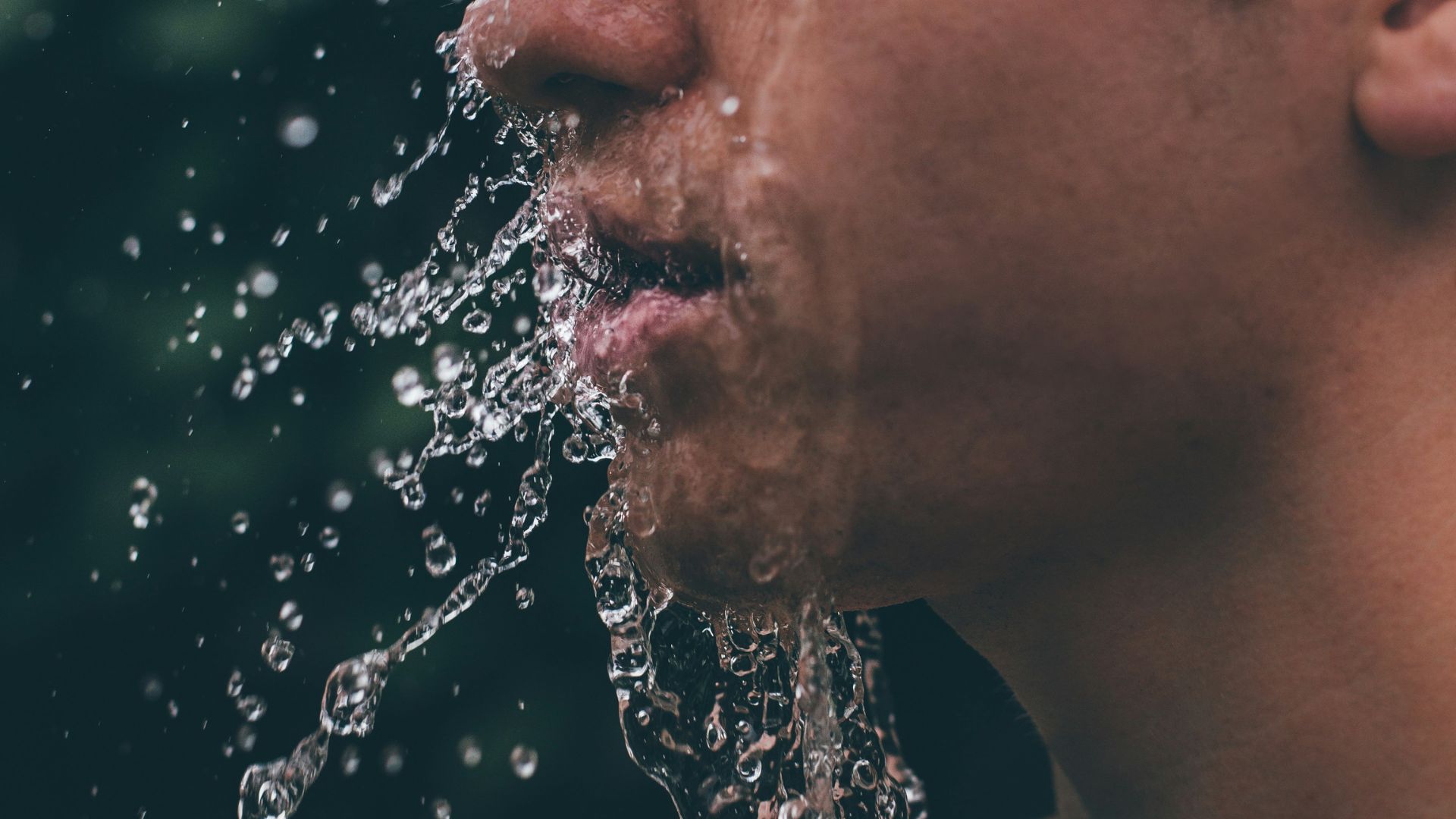
As the region looks forward, the promise of AI in securing water resources is more than just scientific advancement—it’s a potential lifeline.
This model could one day ensure that every community in the West has the water it needs to thrive.
Fighting Against Aggressive Climate Change
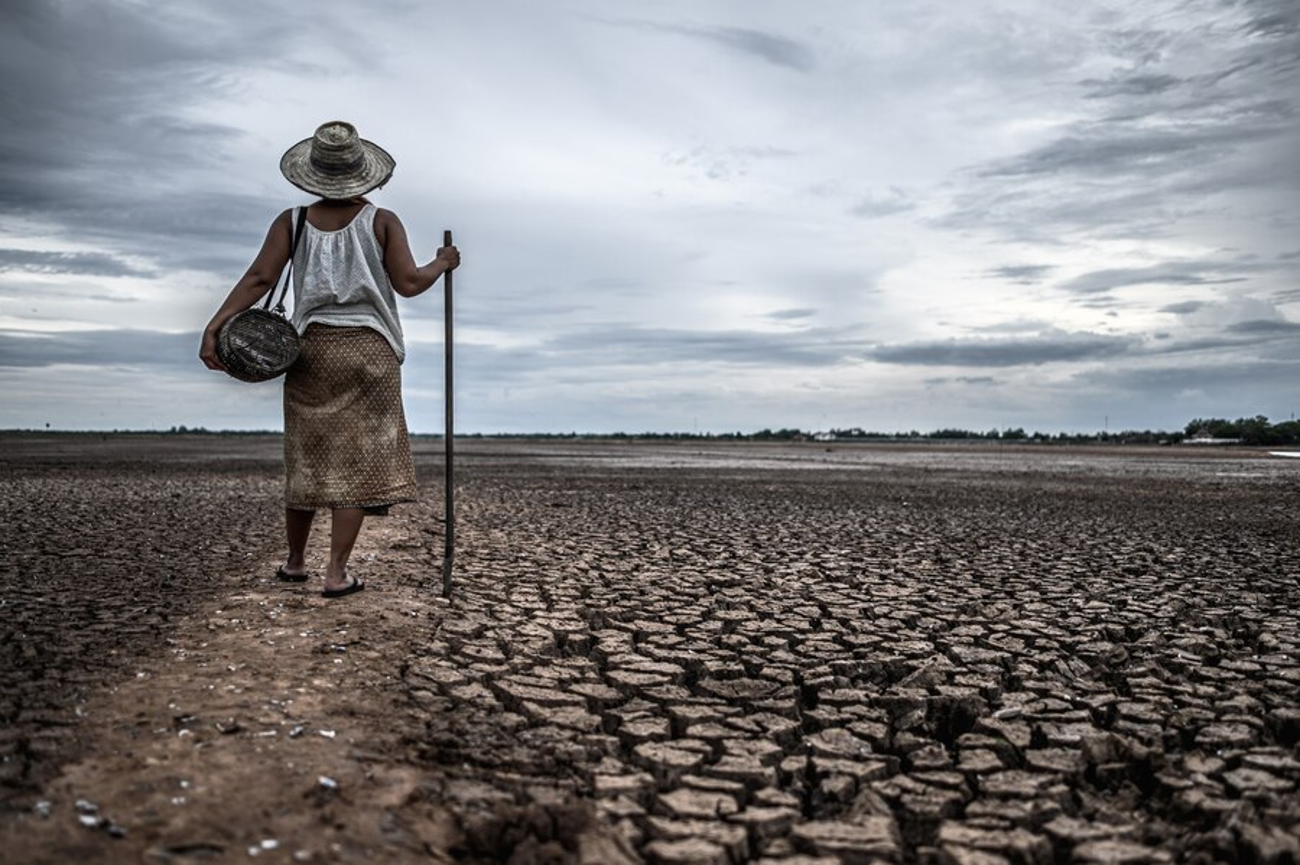
As climate change progresses, monitoring the US Drought Monitor and reporting how much or how little water is available is crucial.
Recording data on soil moisture, temperature, snow cover, meltwater runoff, reservoir levels, and more can help determine the outlook for water supplies, declare drought emergencies, and decide where and when government aid should be distributed.
The Water Crisis in the US
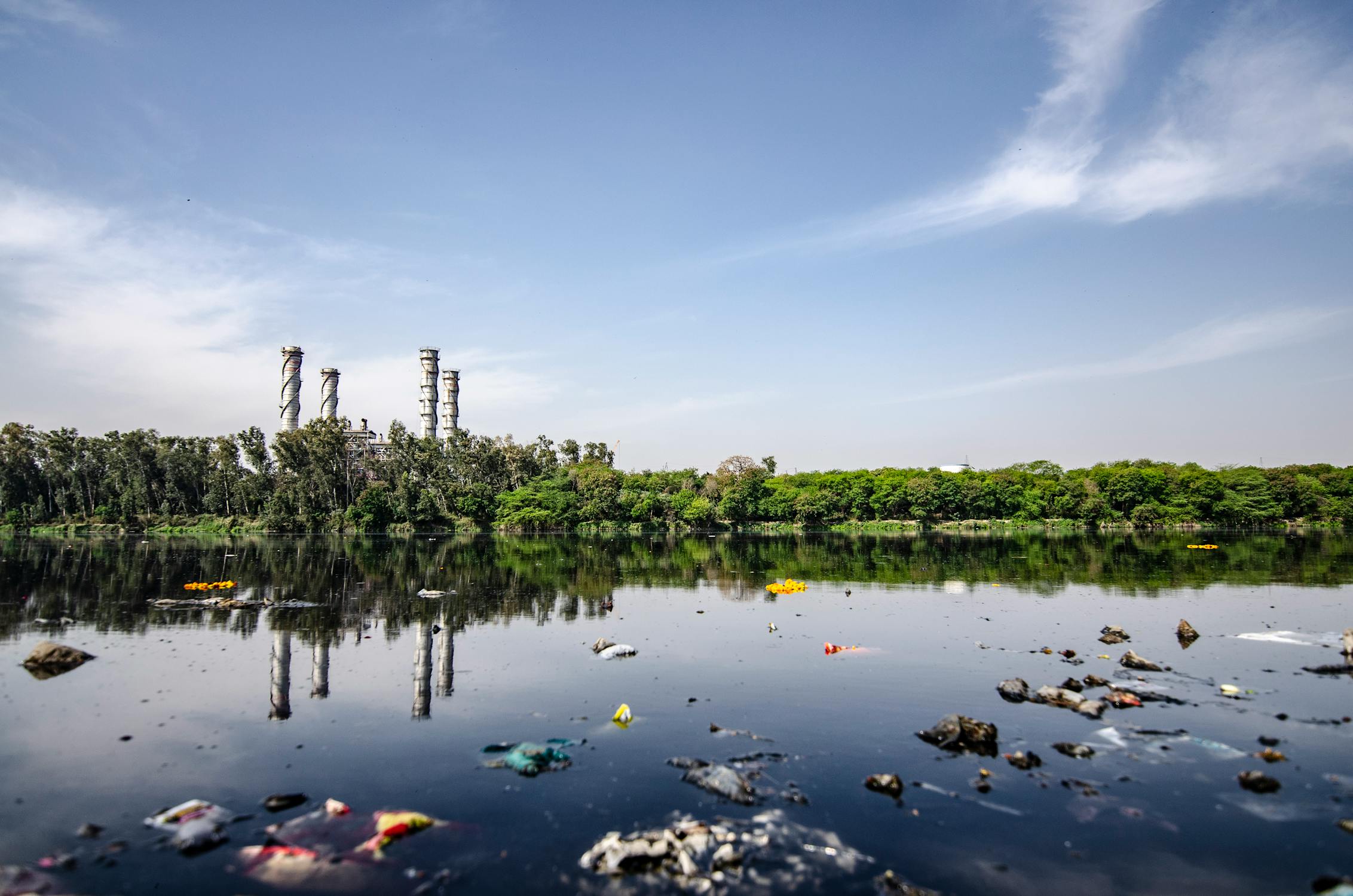
Beyond the ongoing megadrought, the US faces several challenges regarding drinking water quality and access.
In some regions, water has been contaminated or polluted with lead, PFAS, and agricultural runoff to the point where it cannot be used for anything.
Tools and Tech Are Out of Date

The aging infrastructure in the US is causing more problems. From old and deteriorating pipes to a lack of funding and maintenance, tools and technology used to track, monitor, and provide clean drinking water are simply unavailable.
This leaves many communities without clean water, forcing them to find other solutions to the ongoing water crisis in the US.
Creating a Reliable Snapshot

Accurately monitoring as much water as possible will provide a reliable snapshot of what is happening in the climate system.
By discovering long-term trends through the new AI model, the US government and other scientists can help design products for a larger, slower-moving global crisis that is already impacting farmers across the nation.
Solar Panels Could Provide Clean Water
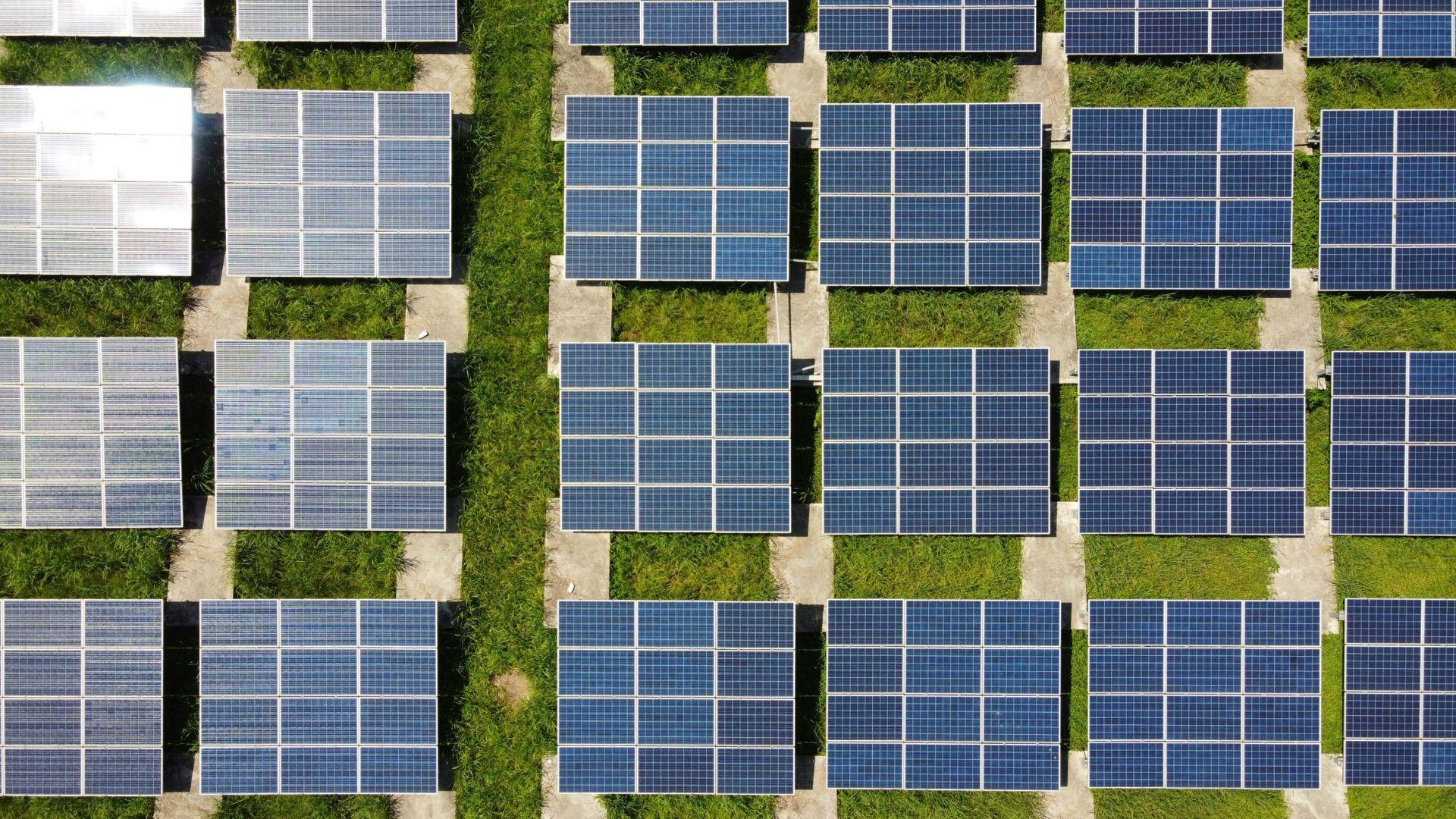
While the new AI model is hard at work during the winter months, solar panels might be another source of water in the US.
Researchers and scientists in Southern Nevada, which is experiencing one of the worst droughts in recorded history, are attempting to pull water out of thin air.
Pulling Water from Thin Air
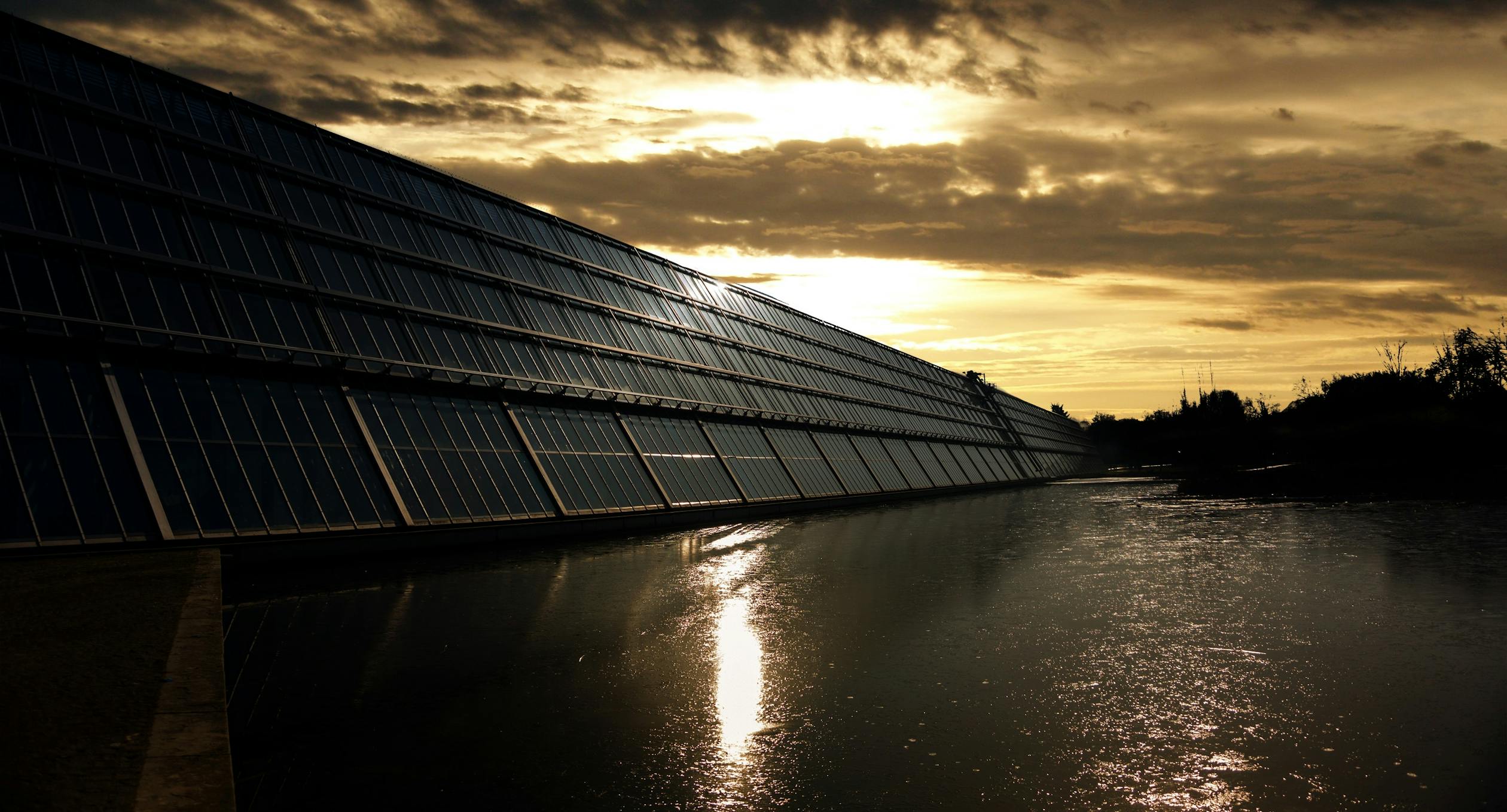
Cody Friesen, a professor of material science at Arizona State University, is testing a solar-powered hydropanel that absorbs water vapor at high volumes when exposed to sunlight in water-stressed areas struggling to survive under the hot Nevada sun.
This is a more modern-day twist on a water-pulling system that has been used for centuries.
Using a Traditional Peruvian Technique
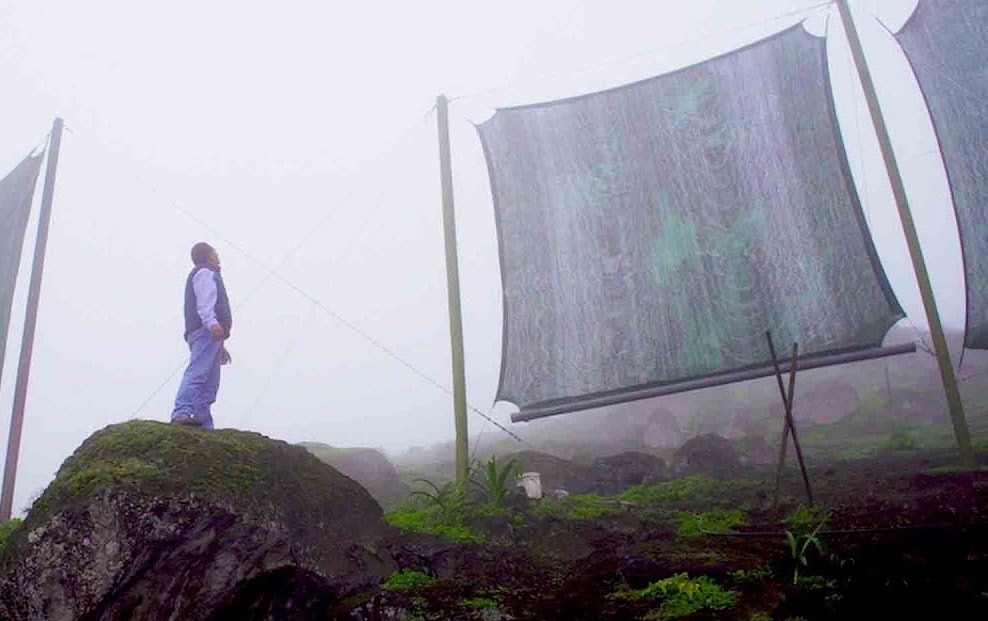
Since the 1500s, water has been collected in Peru by placing large sheets of mesh strung up on hillsides, which collect thick mists that drift across the landscape.
Tiny droplets condense on the netting and drip down into bamboo pipes that carry the water into containers where it can be used to irrigate crops or as drinking water.
How Solar Panels Can Pull Water from the Air
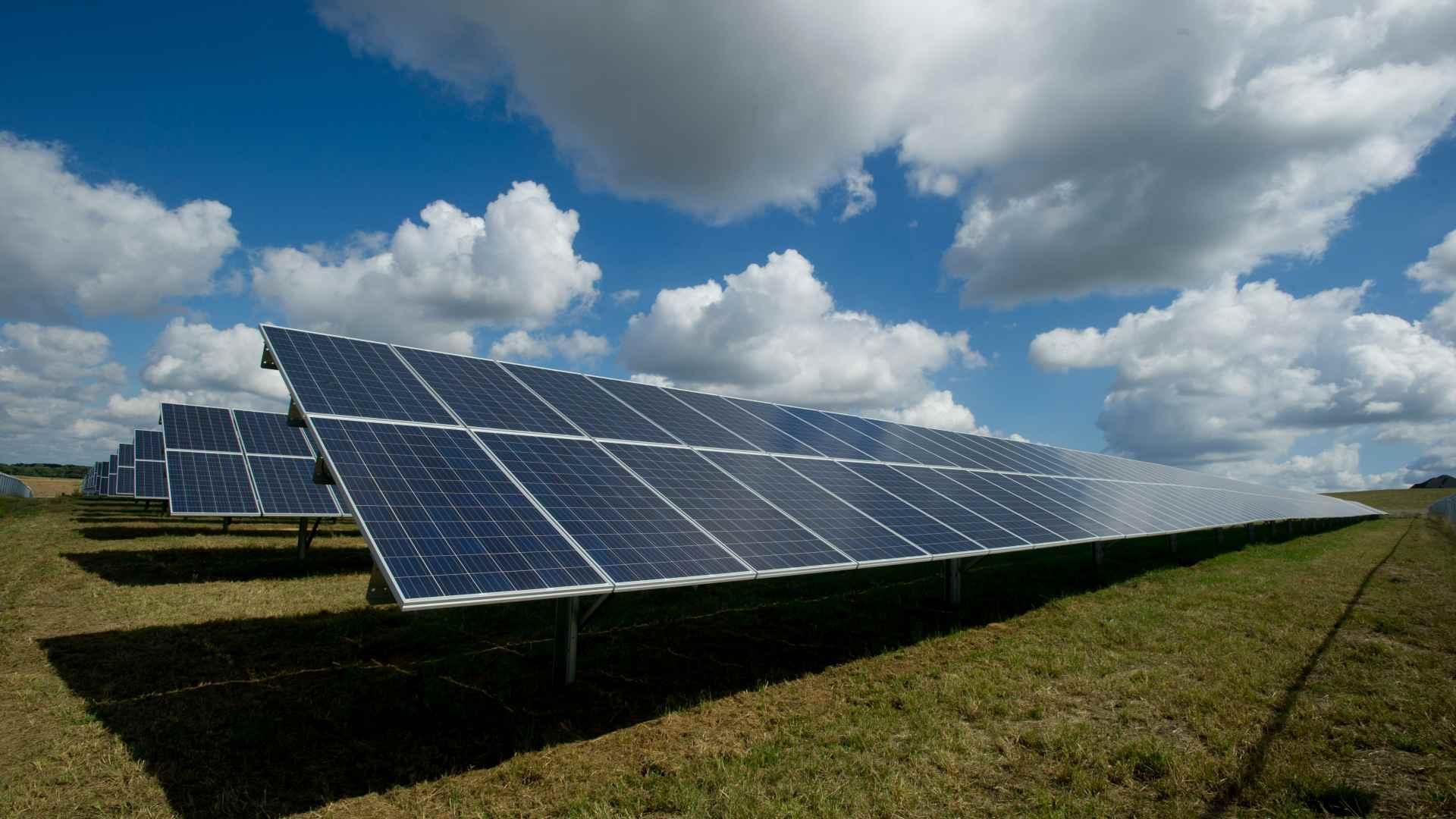
Similar to the Peruvian method, Friesen has created panels that work by using sunlight to power fans that pull air into the device.
The device, which contains a desiccant material that absorbs and traps moisture, accumulates water molecules that are emitted as water vapor as the solar energy raises the temperature of the panel.
A New Source of Drinkable Water

As the panel rises in temperature, a high-humidity gas is created that will eventually condense into a liquid. Minerals are then added to make it drinkable.
This invention could revolutionize how drinking water is created for Americans in the West who are struggling with ongoing droughts despite the atmospheric rains of the winter.
A Low-Cost Approach
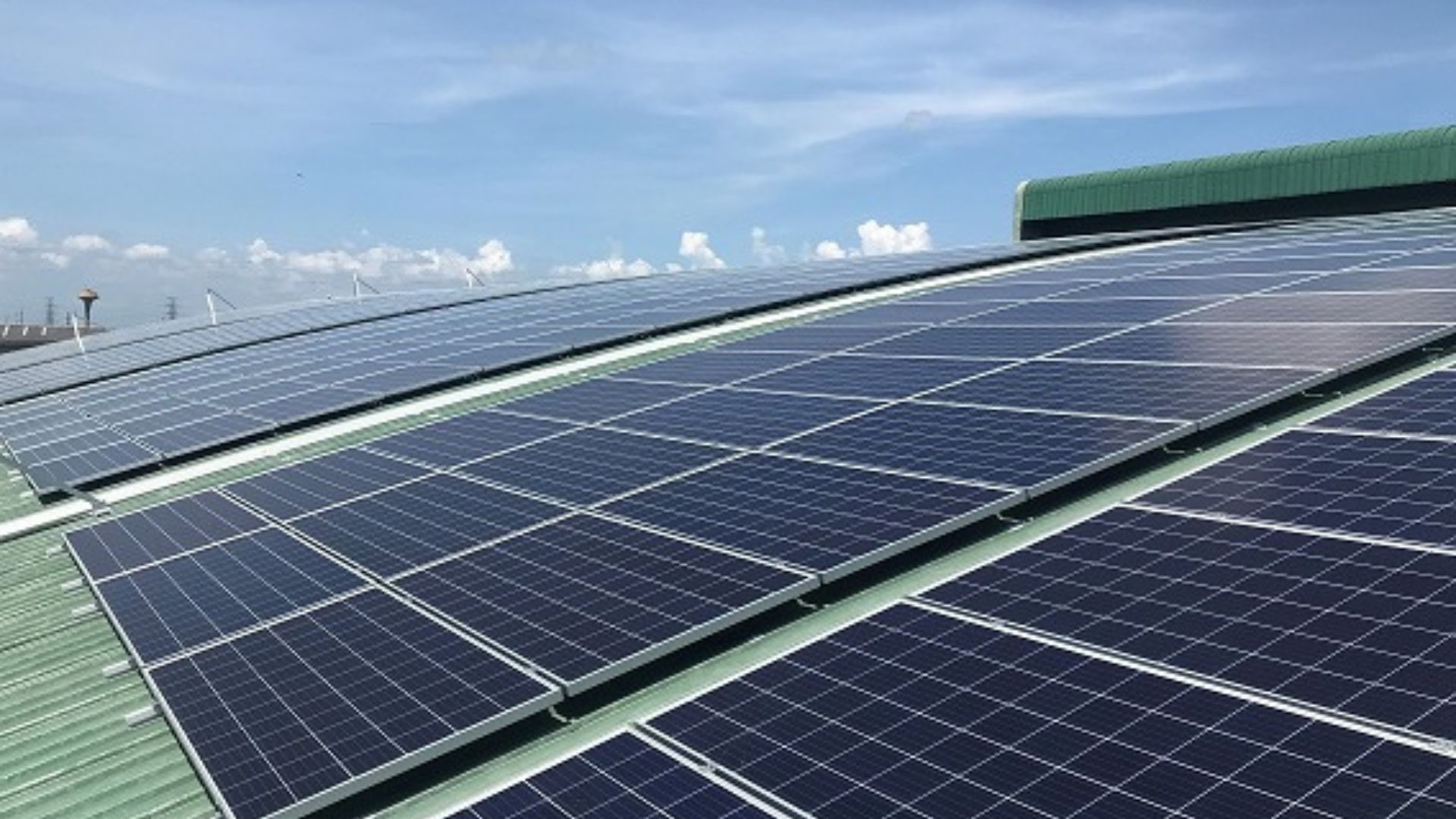
“We’re headquartered in Scottsdale, Arizona, which is sub-5% relative humidity in the summer and we’re still making water,” Friesen told the BBC.
“It’s a uniquely efficient and low-cost approach that enables us to go places where nobody else can go.”
Giving Americans More Options
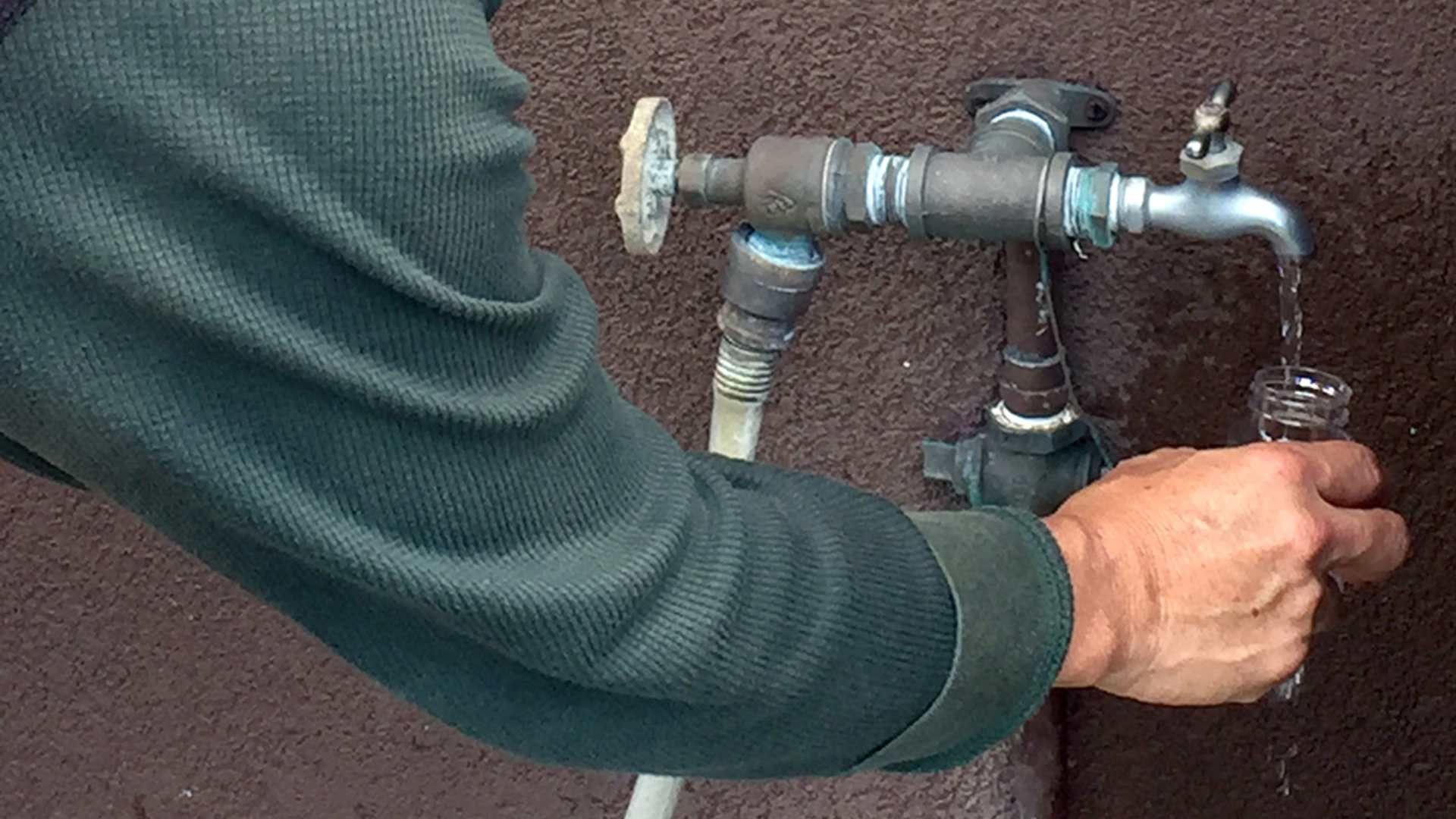
Friesen’s goal with his new source of water is to democratize access to clean, drinkable water for people in the US who have limited options.
Tribal and rural communities without access to electricity, as well as regions devastated by natural disasters, will have improved access to water if Friesen’s invention proves successful and becomes a common practice.
How to Help With the Ongoing Water Crisis

Many urban communities have the power to help their water-insecure local communities.
Turning off your water while brushing your teeth and watering the lawn every other day can help save water, as researchers, scientists, and government officials work on solutions to regulate and create clean water sources.
